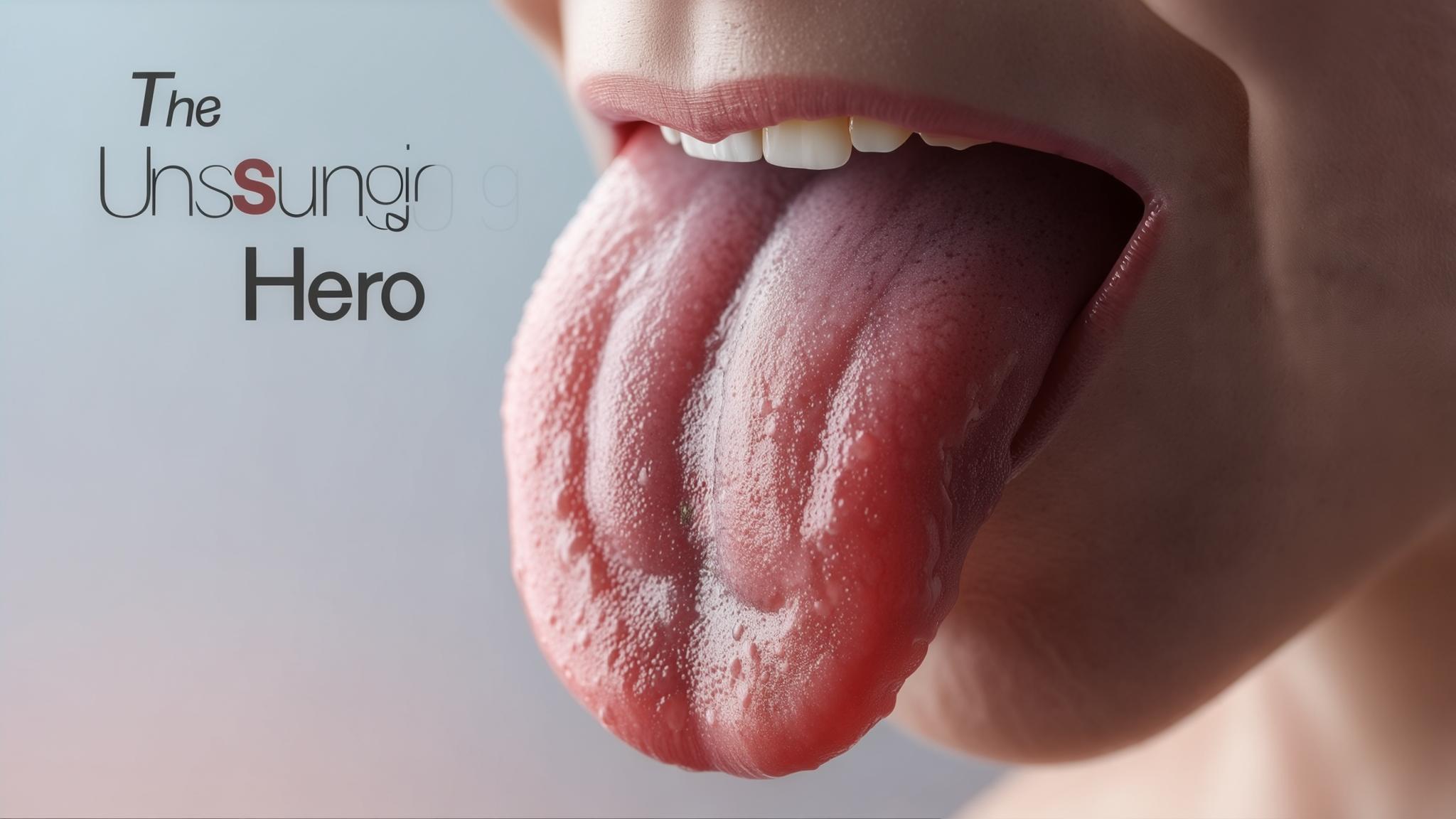I. Introduction
When you think about a dental exam, you might picture the dentist peering at your teeth and gums, ensuring everything is in tip-top shape. However, a comprehensive oral health assessment goes beyond just teeth. It involves a thorough examination of your entire mouth, including a critical component that often gets overlooked—the tongue.
The tongue is more than just a muscle that helps you taste and swallow food. It’s a vital indicator of your overall oral health. Let's delve into why dental professionals pay close attention to your tongue during exams.
II. Understanding the Role of the Tongue in Oral Health
A. Anatomy of the Tongue
The tongue is a muscular organ covered with tiny bumps called papillae, which house your taste buds. It plays a crucial role in digestion by helping to break down food and mix it with saliva. Additionally, it assists in the articulation of speech.
B. The Tongue's Connection to Overall Health
Your tongue can reveal a lot about your general health. Changes in its color, texture, or coating can indicate systemic conditions such as vitamin deficiencies or infections. Moreover, maintaining a clean tongue is essential for good oral hygiene, as it can harbor bacteria that contribute to bad breath and plaque buildup.
III. The Importance of Tongue Checks During Dental Exams
A. Detection of Oral Diseases
During a dental exam, one of the key reasons for checking your tongue is to screen for oral diseases, including oral cancer. Early detection is crucial, and your tongue can exhibit early signs of cancerous changes or infections like thrush or herpes.
B. Identification of Nutritional Deficiencies
Conditions like glossitis, where the tongue becomes swollen and inflamed, can be a sign of nutritional deficiencies such as a lack of iron or B vitamins. These deficiencies can alter the tongue's appearance, making it an important diagnostic tool.
C. Assessment of Oral Hygiene Practices
A tongue check can reveal bacterial buildup and plaque, which are indicators of your oral hygiene habits. A clean tongue helps prevent bad breath and supports overall oral health.
IV. Common Tongue Conditions Detected During Exams
- Geographic Tongue: Characterized by map-like patches on the surface of the tongue.
- Fissured Tongue: Deep grooves or fissures on the tongue's surface.
- Black Hairy Tongue: A harmless condition where the tongue appears dark and hairy due to elongated papillae.
- Oral Thrush: A fungal infection that causes white patches on the tongue.
- Leukoplakia and Erythroplakia: White or red patches that can be precursors to cancer.
V. How Dental Professionals Conduct Tongue Checks
A. Visual Examination Techniques
Dentists start with a visual inspection of the tongue, looking for any unusual colors or textures.
B. Palpation and Other Diagnostic Methods
They may also gently palpate the tongue to feel for lumps or abnormalities and use diagnostic tools if necessary.
C. Importance of Patient History and Symptoms
Understanding your health history and any symptoms you report helps in making an accurate assessment.
VI. Patient Education and Self-Examination
A. Encouraging Patients to Monitor Their Tongue Health
Patients should regularly check their tongues for any changes in color, texture, or sensation.
B. Signs and Symptoms to Watch For
Look out for persistent pain, lumps, or changes that last more than two weeks.
C. Importance of Regular Dental Visits for Early Detection
Regular dental visits ensure early detection of potential issues, making treatment more effective.
VII. Conclusion
Tongue checks are a crucial part of dental exams, serving as a window into your overall health. By paying attention to the tongue, dental professionals can detect early signs of disease and ensure your oral health is in good shape. Remember, your tongue is a vital player in your oral health, so make it a priority in your dental care routine.

